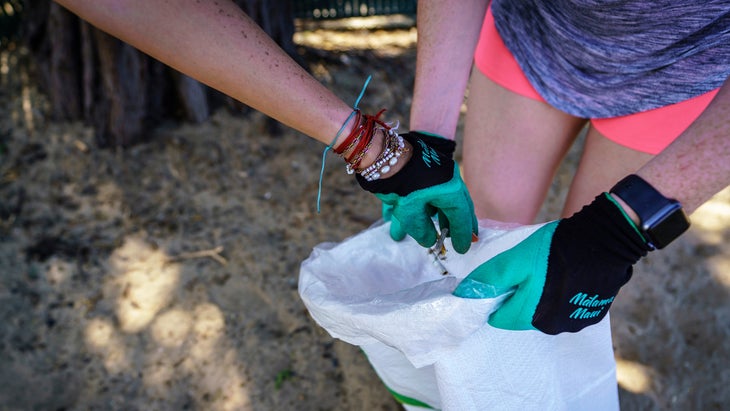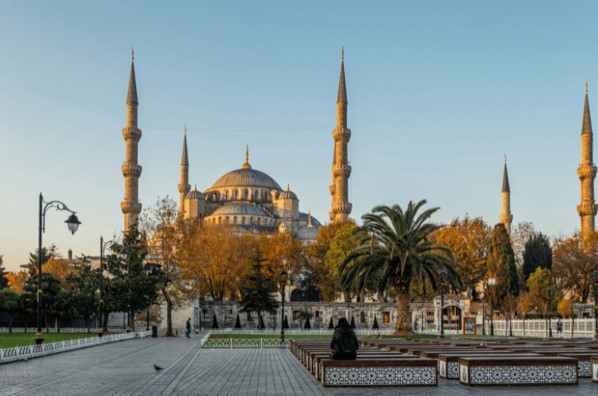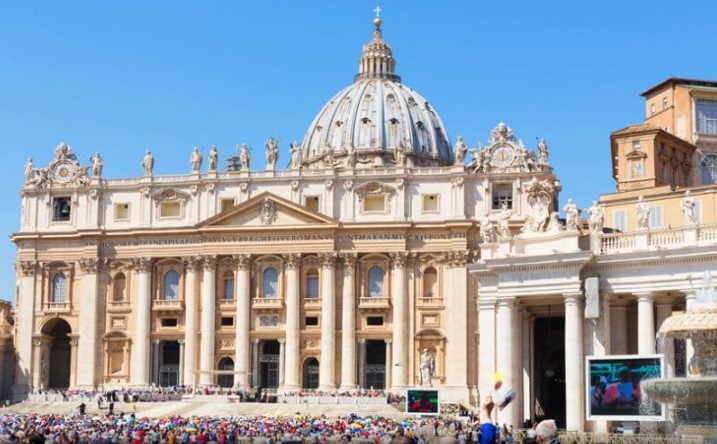Hawaii is recognized for its miles of powdery white, otherworldly black, and even pink- and inexperienced-sand beaches. Kamilo Seaside, on the Island of Hawaii’s southeast coast, boasts blue, green, purple, and pink hues. But the shades here are not natural—they arrive from plastic fragments blended into the grains of sand. This stretch of shoreline is a magnet for maritime particles, thanks to ocean currents, powerful winds, and its proximity to the Excellent Pacific Rubbish Patch, a trash vortex in between the West Coastline and Japan. Each individual yr, volunteers from the nonprofit Hawaii Wildlife Fund clear away 15 to 20 tons of fishing nets and traces, straws, utensils, cups, plastic bottles, toys, and disposable lighters from the distant beach. But the rubbish retains on coming.
Kamilo Seaside is not alone—visitors to even the most famed seashores in the point out, like Oahu’s Waikiki, Maui’s Kaanapali, Kauai’s Hanalei Bay, and the Island of Hawaii’s Hapuna, will encounter maritime particles that is floated ashore, alongside with trash still left behind by day-trippers. “People imagine seashores in Hawaii are thoroughly clean till they participate in a beach cleanup and start out to see all of the straws, cigarette butts, plastic wrappers, hair bands, flip-flops, and microplastic,” says Shelby Serra, a conservation advocate at the Pacific Whale Foundation (PWF).
The PWF and Hawaii Wildlife Fund are just two of a range of environmental nonprofits making an attempt to handle the state’s seemingly by no means-ending trash problem, which only worsened all through the pandemic with an uptick in get-out-associated squander and masks showing up on shorelines. To counter Hawaii’s plastic disaster, point out and neighborhood lawmakers have passed legislation in new yrs banning single-use plastic, which includes ordinances enacted this calendar year in Honolulu and on Maui prohibiting the sale and use of disposable plastic and polystyrene foam food items ware. But just for the reason that laws are passed does not signify people will abide by them. On-the-floor endeavours are desired to raise awareness, way too. “Actual plan advocacy is simply one facet, passing the law is just a person phase,” suggests Serra.
Situation in point: Hawaii banned cigarettes in state parks and on beach locations in 2015, nevertheless a few several years later, when the PWF asked for to see the Maui Police Department’s documents, they discovered that zero citations experienced been issued. Serra thinks that if individuals knew how hazardous their butts were for the setting, they could possibly believe 2 times before flicking them into the sand. “Many people today really do not even know that a cigarette filter is really produced of tightly packed plastic fibers,” she suggests. “Couple that with the contaminants that are currently being filtered out of the cigarette by itself, it can be a really unsafe piece of debris if ingested by birds or marine daily life.”

Maybe no team requirements this training much more than the legions of holidaymakers descending on the islands in even increased numbers considering that the state lifted its COVID constraints in March. All through the lockdown-induced lull in website visitors early on in the pandemic, the Hawaii Tourism Authority (HTA) started off doing the job with nearby businesses to address the effects of vacationers via an initiative known as the Malama Hawaii System. Just one of the goals is to enlist visitors in the fight in opposition to the island’s trash by connecting them with space nonprofits working on the issue.
The HTA recruited inns, dining establishments, and purchasing facilities in Oahu, Kauai, Maui, the Island of Hawaii, and Lanai to start out presenting savings and free of charge nights of lodging to tourists who participate in beach cleanups or who volunteer to plant native trees, clear non-native vegetation, and fish for invasive tilapia to restore historic fishponds. Some inns have to have evidence of the trash collected or hrs volunteered, while other folks just rely on their patrons to comply with through. At the Hyatt Regency on Maui and the Mauna Kea Beach front Hotel on the Island of Hawaii, for case in point, it’s all on the honor technique: visitors just need to have to decide on up a cleanup package for the duration of their continue to be and go to a seashore to comb for plastic prior to they depart. Meanwhile, on Oahu, Sheraton Waikiki friends can get a evening comped by signing up to plant indigenous trees with the Hawaiian Legacy Reforestation Initiative.
When the plan was introduced in 2020, it was a substantial assist to community teams who did not have the means to recruit and take on volunteers on their have. “Participating Malama Hawaii companies, like the Pacific Whale Basis, have manufactured beach cleanups simple and accessible for people by offering the required materials,” suggests John De Fries, HTA’s president and CEO. The kits for the self-directed beach front cleanups, comprised of recycled grain luggage and details sheets to document the particles, are stocked by regional nonprofits and still left at the resorts’ front desks or tourist-pleasant spots close by. In Maui, PacWhale Eco-Adventures, an ecotourism outfit run by the PWF, started off placing them at the Ocean Keep at Maalaea and Lahaina, as very well as at the Maui Brewing Business, Kohola Brewery, and farm-to-table cafe Moku Roots. The Hawaii Wildlife Fund has been carrying out very similar endeavours on the Island of Hawaii and inviting website visitors to organized seashore cleanups like the one on Kamilo Beach.
So considerably it is been a massive achievements. In the past couple of yrs, visitors have contributed thousands of lbs of trash pickup from dozens of beach locations about the condition. “We have located that numerous visitors to Maui want to learn and give back even though on the island,” suggests Serra. “If only a smaller share of them participated in a software like this one, we could easily have more than enough people today to cleanse every beach front on Maui each and every working day of the yr.”
The maximize in manpower is notably handy for smaller sized islands like Kauai, whose population of 70,000 is dwarfed by its tourists—more than 1.3 million people visited in 2019. Lots of of the island’s accommodations, like the Hilton Backyard garden Inn Kauai Wailua Bay and the Sheraton Kauai Coconut Seashore Resort, are featuring free evenings for collaborating in self-directed beach front cleanups as properly as for signing up for organized volunteer outings, like hikes to remote bays to decide up marine debris led by the the community chapter of the nonprofit Surfrider Basis. “It’s an experience for people today who come clear with us, since we ordinarily just take them to places that most people under no circumstances see,” claims Barbara Wiedner, education and outreach chair of the Surfrider Foundation’s Kauai chapter.
These cleanups are also enabling website visitors to have a more significant connection to the Hawaiian community and the setting. “When persons physically see, remove, and record the particles they discover, there are connections produced that carry into their behavior relocating ahead,” states Serra. Though beach cleanups assist address the quick issue, the more substantial influence may be in the life-style alterations guests make afterward to minimize the total of plastic trash they create, like packing a Hydro Flask, utilizing a bar of soap as a substitute of a bottled model, and indicating no to plastic utensils when getting takeout. “We have to have to end opting for convenience and choosing the most affordable solution,” suggests Megan Lamson, president and program director of the Hawaii Wildlife Fund. “We have to overcome the ever-rising problem of plastic air pollution throughout our earth, not just for the wellness of our oceans but for the health and fitness and wellness of humanity and our prospect at preserving a livable world into the long run.”




More Stories
Beach Volleyball falls to Long Beach State in Big West Championship
Hawaii’s Hill, Long Beach State’s Valenzuela eager to match wits
Hawaii blocks some Waikiki sands for seal pup